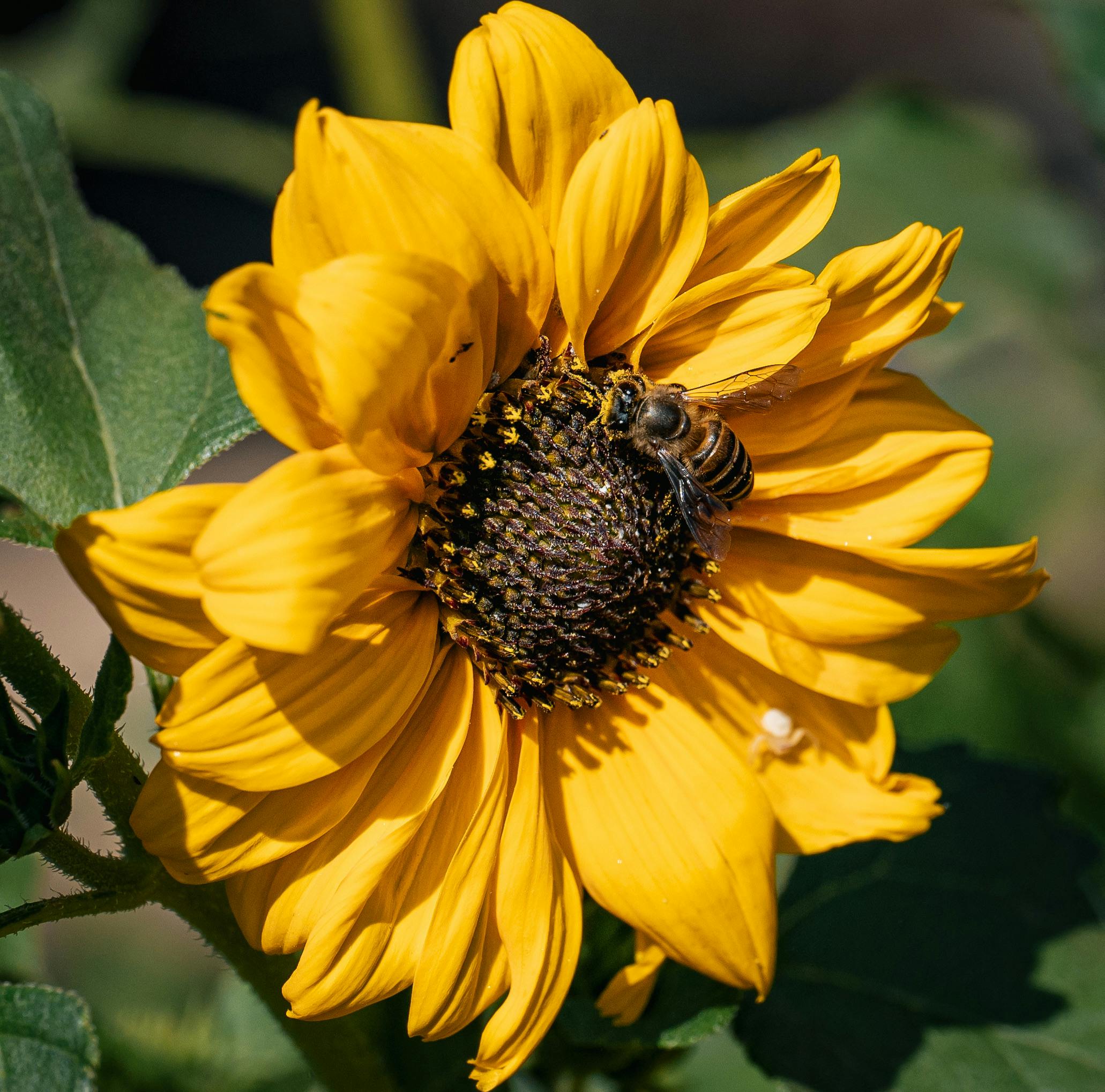Practical Guide to Saving Tomato Seeds: Enhance Your Garden in 2025

Effective Ways to Save Tomato Seeds: Preserve Quality & Enhance Your Garden in 2025
Saving tomato seeds is an essential skill for any home gardener, allowing you to preserve your favorite varieties for future planting. Whether you're growing heirloom tomatoes or experimenting with different tomato seed varieties, understanding the best practices for saving tomato seeds can enhance your gardening experience significantly. This guide will explore effective methods for preserving tomato seeds, ensuring their quality, and enhancing your garden's output in 2025.
In addition to providing step-by-step instructions on how to save tomato seeds, we will discuss the benefits of collecting seeds from ripe tomatoes, the importance of seed longevity, and the proper techniques for tomato seed storage. By the end of this article, you will be equipped with practical tips for maintaining seed quality, understanding ideal storage conditions, and ensuring that your saved seeds germinate successfully. Let's dive into the world of tomato seed preservation!

Essential Guide to Saving Tomato Seeds
Understanding the Basics of Seed Saving
Before jumping into the techniques of how to save tomato seeds, it is crucial to understand the fundamentals of seed saving. Collecting tomato seeds not only helps you save money but also allows you to maintain the genetic traits of your favorite varieties. Heirloom tomatoes are particularly valuable as they can be propagated across generations, preserving unique flavors and qualities.
When collecting seeds from ripe tomatoes, ensure that you choose healthy, disease-free fruits. This selection process is vital for maintaining tomato seed quality. Consider that different tomato varieties may require specific techniques, particularly when it comes to fermentation and drying methods.
Choosing the Right Tomato Varieties for Seed Saving
When selecting tomatoes for seed saving, focus on heirloom varieties known for their flavor and adaptability. Hybrid tomatoes, while often more productive, may not produce seeds that grow true to their parent plants. Emphasizing heirloom varieties in your garden ensures you'll reap the rewards of fruit with desirable characteristics.
Many gardeners also sign up for seed exchange programs to broaden their heirloom tomato seed collection. This collaborative effort within seed saving communities promotes biodiversity and offers access to unique tomato varieties that you may not find in commercial seed catalogs.
Best Practices for Collecting and Extracting Tomato Seeds
Now that you understand the importance of seed selection, let's delve into best practices for collecting tomato seeds. Begin by slicing ripe tomatoes and scooping out the seeds along with the surrounding gel. This gel contains natural inhibitors that prevent the seeds from germinating too quickly.
Next, ferment the seeds by placing them in a container with water and letting them sit for several days. Throughout this fermentation process, the gel will break down, making it easier to separate the seeds later. This method not only prepares the seeds for storage but also eliminates any potential diseases.
Step-by-Step Process for Drying Tomato Seeds
Preparing Seeds for Drying
Once you've extracted the seeds and allowed them to ferment, the next step is preparing them for drying. Rinse the seeds thoroughly to remove any remaining gel, ensuring they are clean and disease-free. Spread them out on a paper towel or a clean dish to absorb excess moisture.
Proper drying is essential for maintaining seed viability over time. During this stage, ensure that the seeds are not clumped together, allowing for adequate air circulation. Depending on the humidity levels in your environment, the seeds can take anywhere from a few days to a week to dry completely.
Storing Dry Seeds for Long-Term Preservation
After the seeds are completely dry, it's essential to store them correctly to ensure long-term viability. Use airtight containers, such as glass jars or vacuum-sealed bags, that protect against moisture and pests. Label each container with the tomato variety and the date saved to keep track of your collection.
For optimal tomato seed longevity, store these containers in a cool, dark, and dry location. Avoid storing them in areas prone to temperature fluctuations, as this can impact seed quality. If you are saving seeds from different tomato types, it is crucial to keep them separated to prevent cross-pollination.

Advanced Techniques for Preserving Heirloom Seeds
Seed Preservation Techniques for Biodiversity
Heirloom tomato seeds are prized for their unique flavors and adaptability to local climates. To preserve these seeds effectively, consider engaging in seed saving workshops that teach advanced techniques in maintaining seed quality. Techniques such as dry storage methods and using seed banks play a vital role in ensuring genetic diversity.
By practicing these advanced techniques, gardeners can take an active role in supporting heirloom seed preservation initiatives. These efforts contribute to the sustainability of gardening practices and help maintain the biodiversity that is essential for future generations.
Labeling and Tracking Your Saved Seeds
Proper labeling of saved seeds is crucial for maintaining an organized seed collection. Include details such as the variety, year of saving, and any notable characteristics of the seeds. Tracking this information will make it easier when you are ready to plant tomato seeds in the following growing season and help you identify successful varieties for future cultivation.
Maintaining Tomato Seed Quality Over Time
Understanding Seed Viability and Longevity
Understanding tomato seed viability is essential for successful gardening. Factors such as seed storage conditions and the original quality of the seeds affect their germination rates over time. Typically, tomato seeds can maintain good viability for 4-6 years when properly stored. However, conducting germination tests before planting can ensure that you are using viable seeds.
Common Mistakes in Tomato Seed Preservation
One of the common mistakes in saving seeds is improper drying. Insufficiently dried seeds can lead to mold and reduced germination rates. Similarly, using non-airtight containers can introduce moisture and pests that compromise seed quality. Always double-check your storage methods and containers to avoid these pitfalls.
Q&A Section: Your Tomato Seed Saving Queries Answered
How long can I store saved tomato seeds?
When properly stored in cool, dark, and dry conditions, tomato seeds can remain viable for 4-6 years. It's crucial to conduct germination tests periodically to check their viability.
What is the best method for collecting tomato seeds?
The best method involves harvesting seeds from fully ripe tomatoes and allowing them to ferment to separate the seeds from the gel surrounding them. Following the fermentation, rinse, dry, and store them appropriately for future planting.
Can I save seeds from hybrid tomatoes?
While it's possible to save seeds from hybrid tomatoes, the resulting plants might not exhibit the same qualities as their parent plants. For more reliable results, consider saving seeds from heirloom varieties.
What are the benefits of saving tomato seeds?
Saving tomato seeds allows you to preserve unique varieties, save money, and contribute to biodiversity. Furthermore, you can enjoy heirloom tomatoes with distinct flavors cultivated in your garden.
Where can I learn more about tomato seed saving?
Participate in seed saving workshops and engage with local gardening communities. Websites like HowPro Gardening offer valuable resources and guidelines for effective seed saving practices.